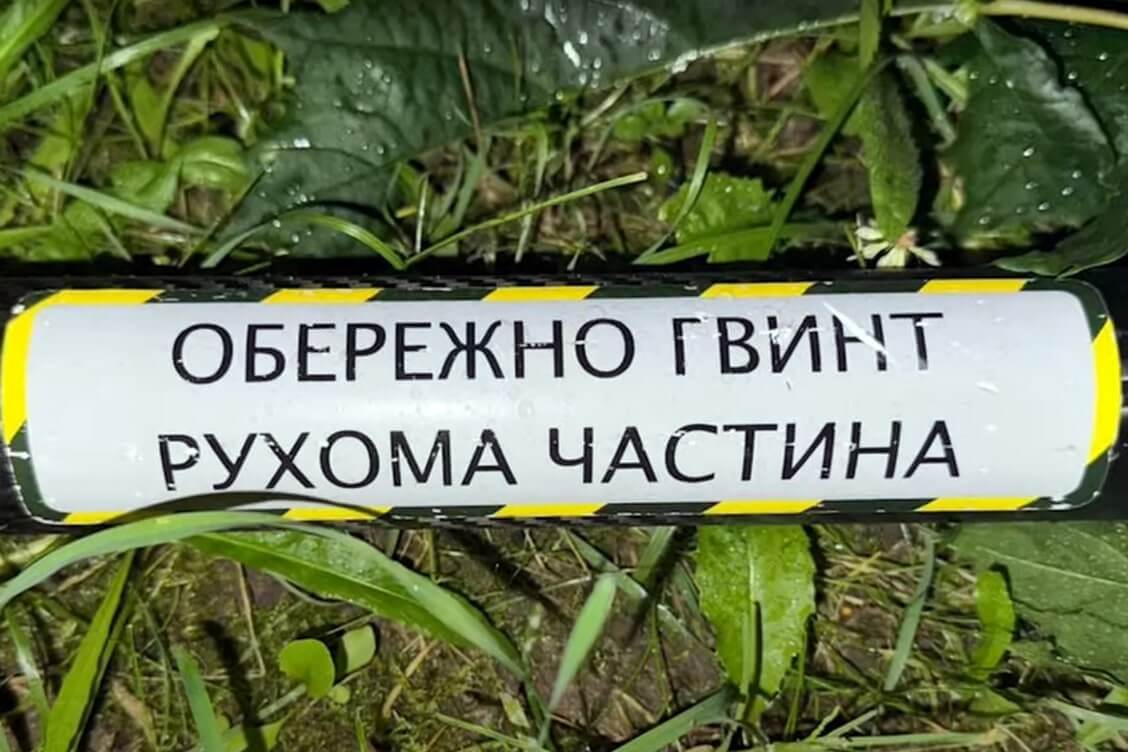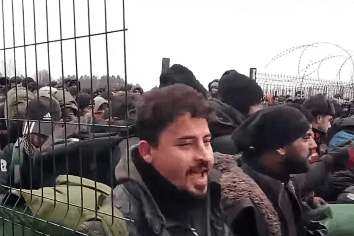Belarus’ electronic warfare units downed an unmanned aerial vehicle (UAV) over Minsk in the early hours of July 29. Authorities were quick to blame Ukraine, with the Investigative Committee displaying drone debris marked with an inscription in Ukrainian. More importantly, the incident exposed serious vulnerabilities in the country’s security.

Drone incursions
Drone incursions have been reported almost daily in southern Belarus, as Russia continues its relentless nightly airstrikes on Ukraine. Between July 7 and 13 alone, at least 59 Russian drones entered Belarusian airspace, according to Flagshtok.
In response to some of these incursions, Belarus has scrambled its air defense forces, with helicopters and aircraft reportedly shooting down drones midair.
However, neither Russian nor Ukrainian drones had previously reached as far as Minsk. It appears that Belarusian air defenses failed to detect the UAV as it approached the capital, leaving electronic warfare crews with no option but to neutralize it directly over the city.
“The head of state is personally overseeing the situation,” the defense ministry said. Unsurprisingly, Matusievič Street—where the drone came down—is located just a few kilometers from Alaksandar Łukašenka’s administration.
Blame lies with Ukraine, EU
Belarusian state media consistently attributes drone incursions to Ukraine, painting it as an aggressor.
In August last year, Łukašenka accused the Ukrainian Armed Forces of flying drones over Belarus and ordered the deployment of troops closer to the shared frontier.
The foreign ministry also summoned EU chargé d’affaires Steen Nørlov to demand explanations for EU markings found on parts of downed drones.
Notably, Minsk has never summoned the Russian ambassador—despite frequent airspace violations by Russian drones.
Meanwhile, Belarusian law enforcement has carried out arrests to prevent the public from learning about drone incidents. In October last year, agents from the Committee for State Security (KGB) used excessive force to detain a woman who had posted a video of a Russian Shahed drone crash in Kalinkavičy to a local chat. She was accused of sharing the footage with “destructive Telegram channels.”
Peaceful skies
Drone incursions undermine the government’s propaganda narrative that credits Łukašenka with ensuring “peaceful skies” over Belarus.
This narrative has had a measurable effect. A Chatham House poll conducted in November 2023 found that 47 percent of urban Belarusians credited Łukašenka’s firm stance with keeping Belarus neutral in the Russian-Ukrainian war.
State propaganda continues to portray Belarus as a neutral actor—even though Minsk provided a staging ground for Russia’s invasion of Ukraine in February 2022.
In fact, nearly 300 Belarusian companies have been involved in producing military goods for Russian forces, according to an independent investigation.
On July 29, the BelPol intelligence group reported that a private company controlled by the Belarusian government is manufacturing two types of attack drones at a covert factory located in downtown Minsk. Coincidentally, this is the same area where the drone was downed on July 29.
Given Belarus’ support for Russia’s war effort, its defense industry could become a legitimate target for Ukrainian strikes. In that case, Belarusians would have their ruler to thank for kamikaze drones darkening their supposedly “peaceful” skies.




